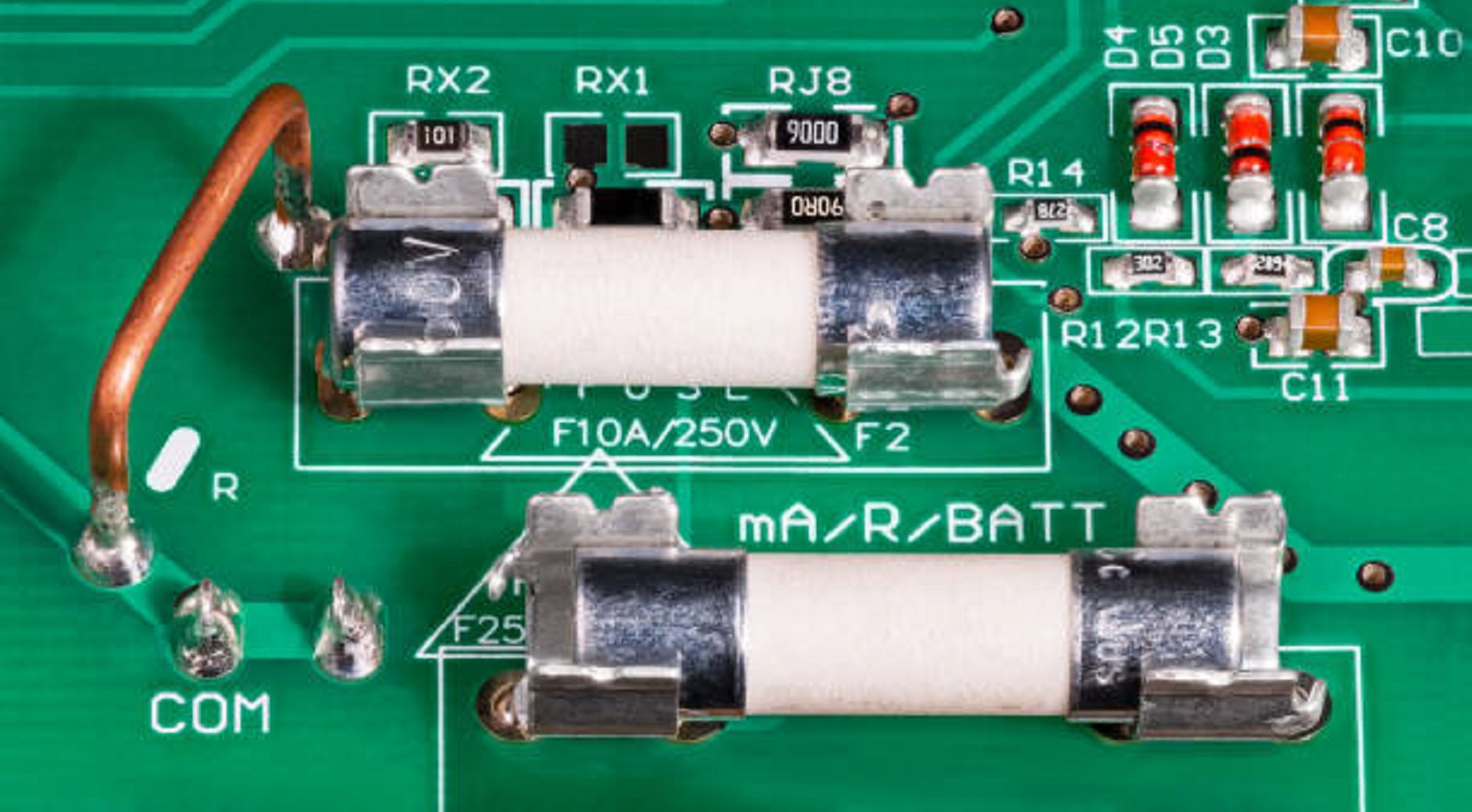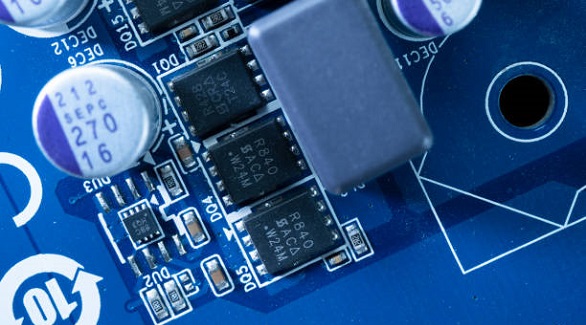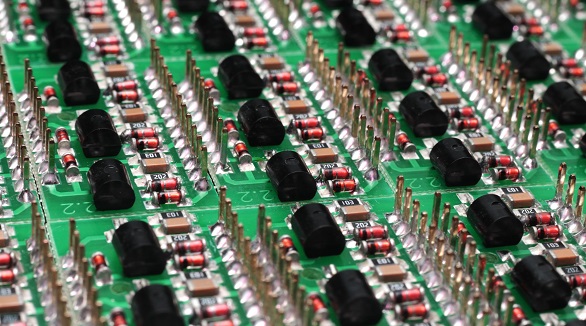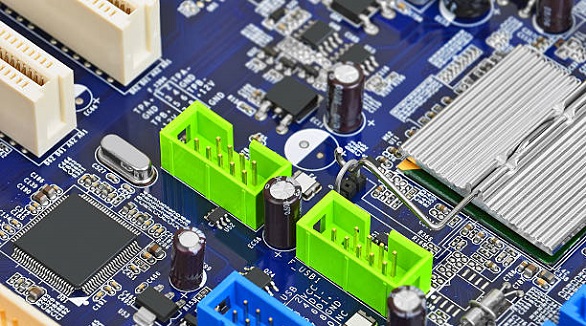Battery Protection Circuit Board (PCB) Dynamics
Battery Protection PCBs ensure safety by preventing overcharge, over-discharge, and short circuits, crucial for efficiency in modern rechargeable devices.
Rechargeable batteries have become the means in today's technological environment of keeping an impressively wide range of equipment running, from the commonplace electronic consumer goods like smartphones and laptops to more complex appliances and electric vehicles. The question of safety and efficiency becomes primary in this area, and this is where Battery Protection Circuit Boards play their main role. At PCBX, we pride in pioneering the development and integration of these crucial components, ensuring modern batteries operate in safety and in an efficient way. This paper looks into dynamics regarding the process of battery protection PCBs; it examines its functions, composition, and modern trends that alter its future. The Essence of Battery Protection PCBs Battery protection PCBs represent special electronic circuits designed to block the most ordinary hazards related to rechargeable batteries, especially their lithium-ion and lithium-polymer types. These include overcharge, over-discharge, excess current, and short circuit hazards that result in overheating, the deteriorating life of a battery, or even horrific disasters involving fire. Thus, battery protection PCBs are very crucial mainly for the small-sized packs in digital equipment like mobile phones, GPS, and music players, since it deals with a very critical situation concerning both safety and user experience.

Core Functions of Battery Protection PCBs
Prevention against Overcharge:
Overcharge of a battery will lead to tremendous heat, structure destruction, and even ignition in an open environment. Protection PCBs avoid overcharging because, once the maximum voltage threshold is reached for a particular battery - say 4.25V for lithium-ion batteries - the charging process stops immediately. If overcharge protection can be avoided, it would protect the collapse of the anode structure, along with harmful crystalline formations.
Over-discharge Prevention:
Discharging below the safe voltage level of a battery, about 2.7V for lithium-ion, may cause irreparable damage. The protection PCBs detect an approach to such a threshold and disconnect the load to preserve capacity and ensure longevity.
Over-current and Short Circuit Protection:
Such excessive current can surge to dangerous temperature levels in no time, hence causing damage and safety hazards. In such cases, battery protection PCBs act by immediately interrupting these flows, acting as a safeguard against thermal runaway and electrical failure.
Cell Charge Balancing:
In every battery pack, especially one with more than one cell-for example those used in electric cars-balance needs to be achieved in charging. Protection PCBs distribute electrical charge uniformly across the cells, ensuring consistent performance and prolonging the life of a battery.
These sensors of voltage and current constantly detect voltage and current of every cell for unsafe conditions and begin the requisite protective actions. The standard devices are electronic switches that disconnect the battery from the circuit in case it has detected some anomaly-overcurrent or overvoltage. Advanced battery management system microcontrollers perform operations of real-time data processing and carry out complex evaluations in view of precision control of the battery operation.
Thermal sensors are used to monitor any variation of temperature within the battery, be it overheating, and switching on the coolants or cuts accordingly.
Battery Management System Integration
With more larger and sophisticated applications, other than PCM, which have been used in small batteries, BMS is used. In addition to the roles of PCMs, BMS can perform some other roles, including real-time monitoring, data communication, and temperature management comprehensively. While PCMs are adequate for simple applications, complex systems indeed require BMS-for instance, drones and electric vehicles-which have a large degree of safety and operational management. Trends and Innovations
The outlook is ever-changing for battery protection as it progresses in tandem with emerging technologies and higher demands for more effective ways to use energy:
Smart Battery Management:
With modern PCBs, integrated smart technologies give them real-time insights and diagnostics that interface with systems externally. The result of such an integration further enhances performance while predicting any future failures related to safety and functionality.
Miniaturization:
The demand for miniature and lighter-weight electronic devices drives further miniaturization innovations in battery protection PCBs, maintaining minimal space without compromising protection quality.
Advanced Materials:
Newer materials with advanced thermal stability and electrical conductivity are being developed to enhance effectiveness and safety for battery protection PCBs. These developments also contribute to higher efficiency and durability.
Energy Harvesting Integration:
Battery protection PCBs now support energy harvesting technologies that capture the available ambient energy for better efficiency, reducing reliance on conventional sources of power.

Thus, a Battery Protection Circuit Board plays a major role in protecting the batteries and enabling better performance. The increased demand for secure and reliable sources of energy calls for the best design and functionality of these PCBs in battery technologies.Here at PCBX, we are pioneering innovation, setting the benchmark for safety and efficiency in battery management systems. At Preh, innovative design, intense material usage, and integration of smart technologies offer the key for a safer and more reliable energy future. All electronic applications—be they in consumer gadgets or industrial machines—are to be benefitted with the best in class in battery protection.
The bottom line is that as the complexity and ubiquity of battery-powered devices increase, so too will the evolution of Battery Protection PCBs that play a significant role in making such vital power systems safe, efficient, and long-lasting, thus ushering in an era of sophisticated, sustainable energy solutions.
Hot Tags:
Contact us

If you can't find what you're looking for, please contact us.
Article

The dielectric constant in PCBs affects signal speed, integrity, and impedance, crucial for optimizing high-frequency circuit performance.

Burn-in boards are vital for testing semiconductor reliability, simulating stress to reveal defects, ensuring high-quality devices before mass production.

High-frequency PCBs are crucial for fast, reliable tech, enhancing performance in telecoms, aerospace, and more with advanced materials and precise designs.
